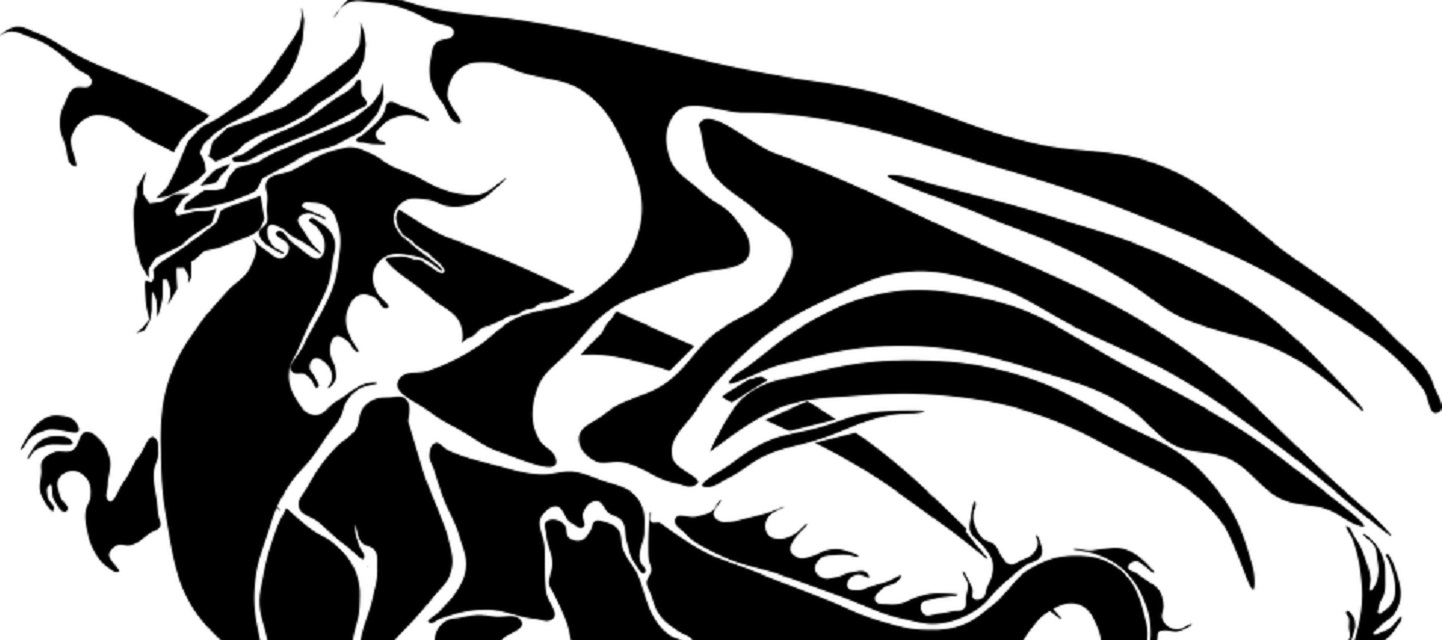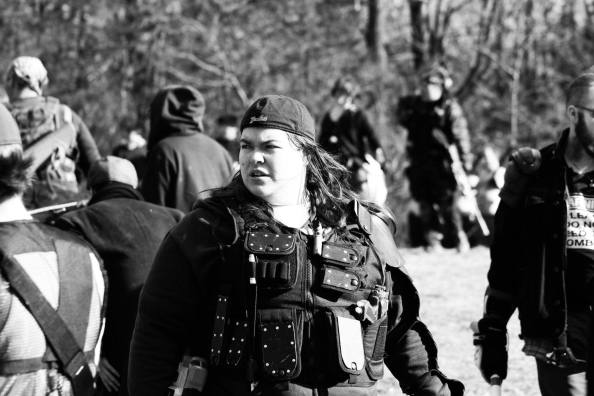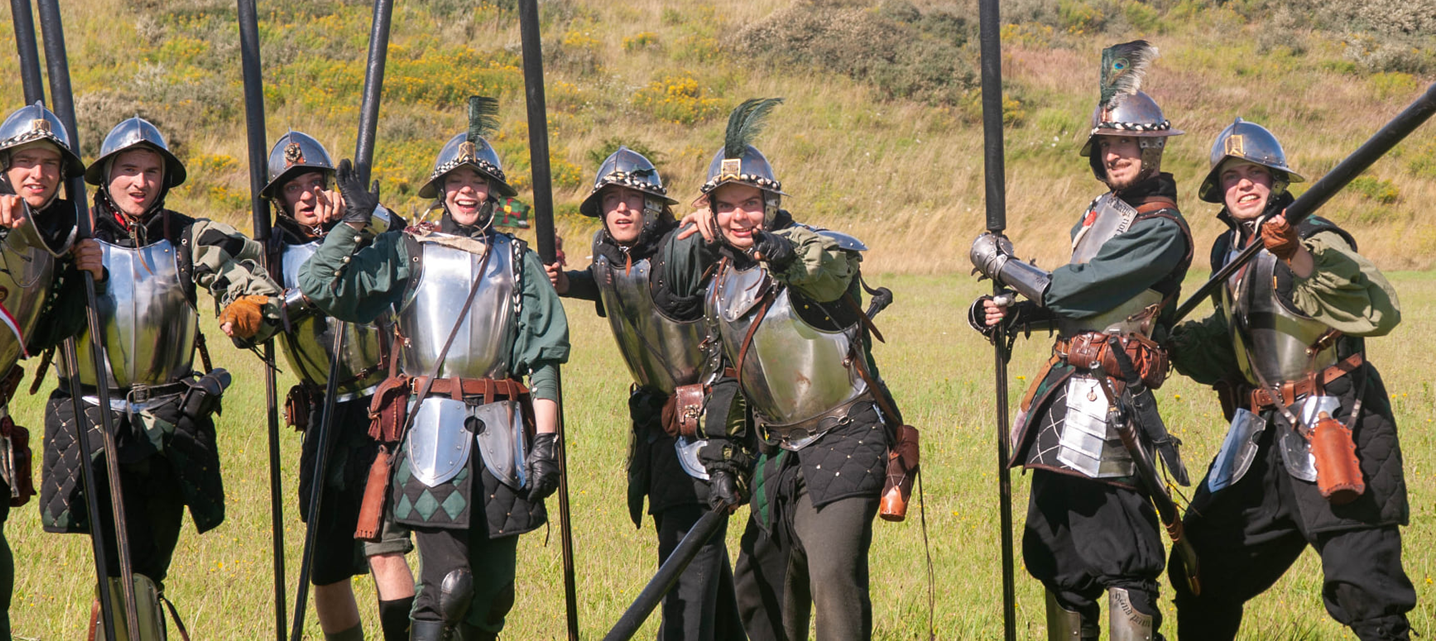Tag: Inclusion
-

Inclusion in Larp: Between Challenge and the Experience of Limits
in
All those who are active in the field of larp, as organisers or players, have to face the fact that needs arising from diversity have to be recognised and accommodated. It is irrelevant whether a person is disabled or not: every person has needs arising from their background.
-

Magic To Fight Monsters: Larp as a spell for claiming my spaces
A guide to some of the monsters that non-binary adventurers encounter when they larp – and spells for how to deal with them.
-

The Paradox of Inclusivity
in
Trying to provide a clearer vision of what inclusivity does, and can, mean; as well as offer practical advice to help us build more inclusive communities.
-

I’m Not Too Fat For Your Larp
in
So why do so many games still have atmospheres where people who are fat are mistreated? Where being fat marginalizes the positions you’re allowed to have?

